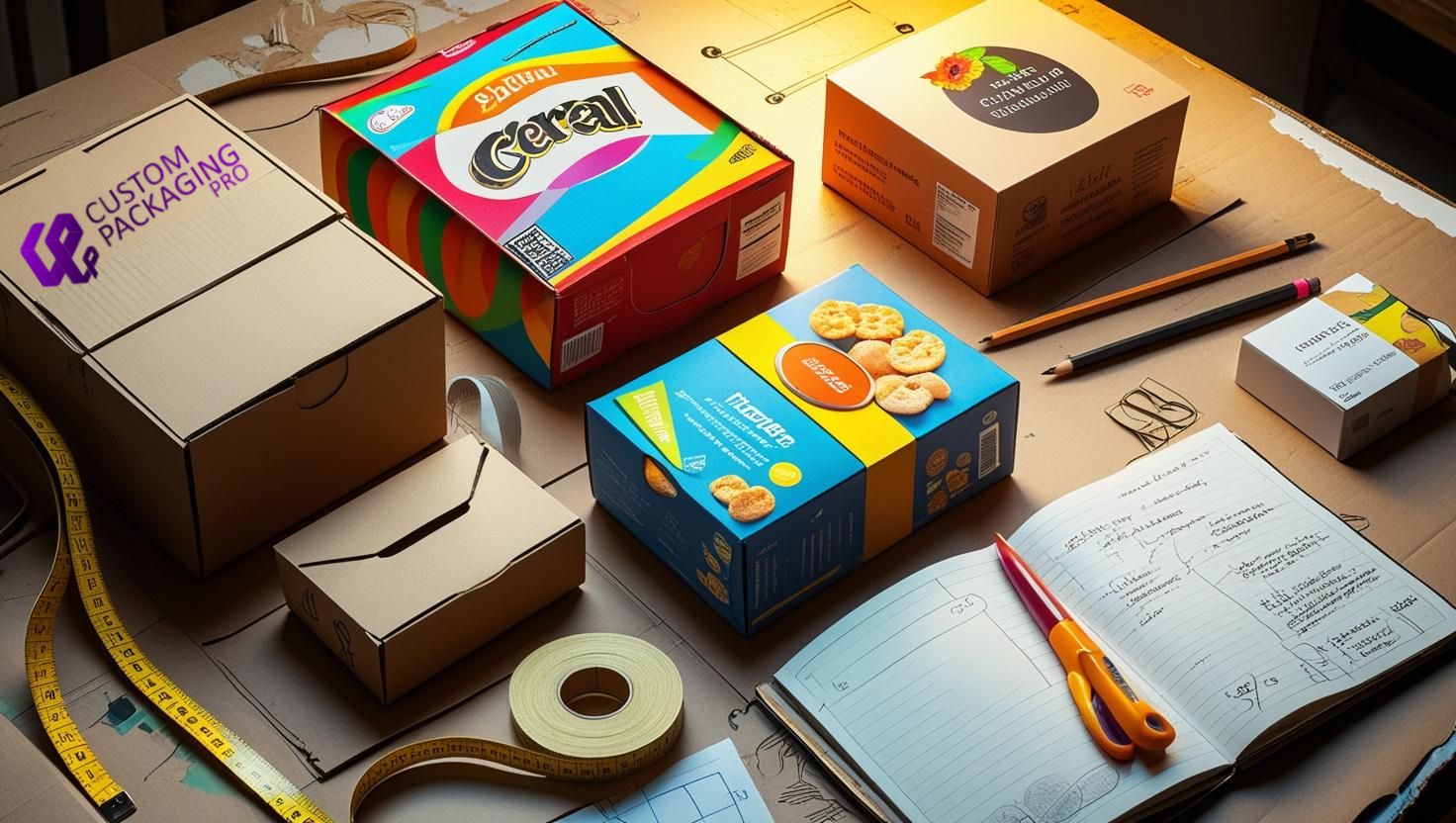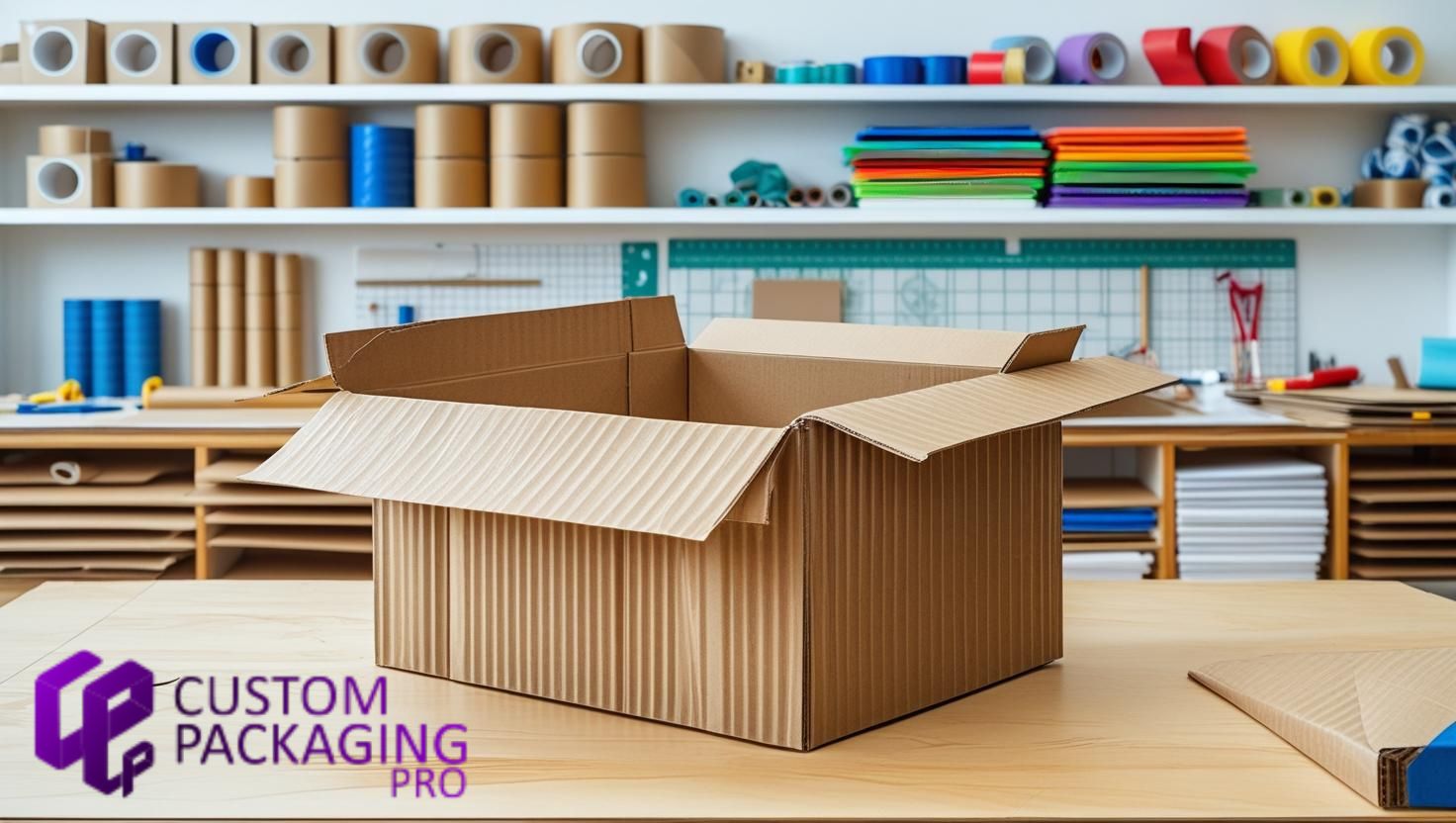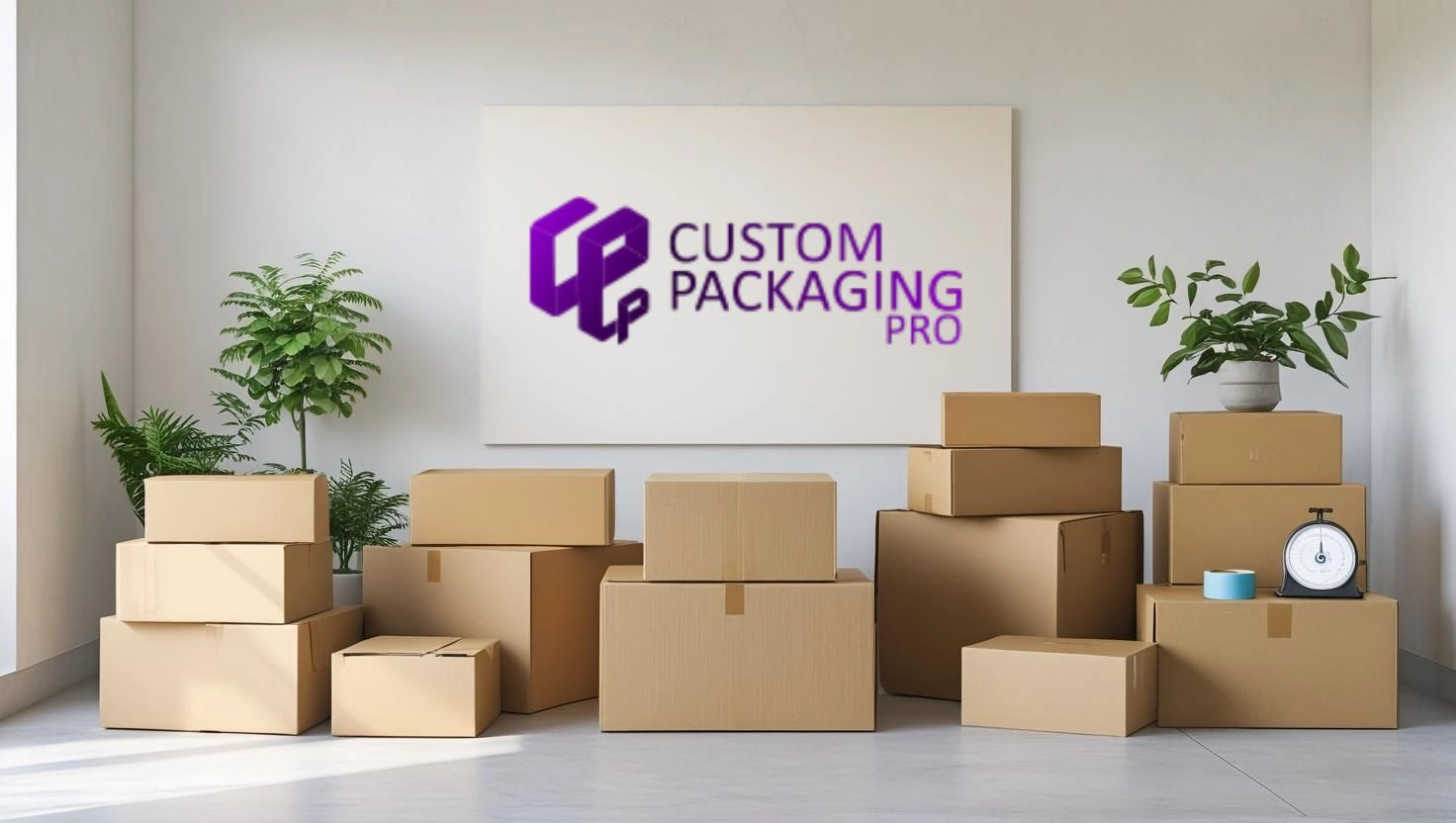May 25, 2025
What Is Cardboard? Everything You Need to Know
Cardboard may appear to be a mundane material, but its function in custom packaging, craft, and architecture is far from ordinary. From delivery boxes to crafts, this humble and sustainable material is constantly adapting in both purpose and design. But what is cardboard? How is it produced? And why is it such a vital material in the packaging and innovation age of today?
Let’s break it down.
What Is Cardboard Made Of?
Cardboard is a thick, durable paper-based material made by pressing together layers of cellulose fibers, often derived from wood pulp or recycled paper. It typically comes in two forms:
Paperboard – a single-ply material used for cereal boxes, shoeboxes, and cosmetic packaging.
Corrugated cardboard – the wavy “fluted” material sandwiched between two linerboards, commonly used in shipping and storage.
This structure gives cardboard its strength, flexibility, and ability to protect products during transport.
How Is Cardboard Manufactured?
Cardboard manufacturing starts with pulping wood chips or recycled paper. The pulp is washed, flattened into sheets, and then dried. For corrugated cardboard, a special machine known as a corrugator makes flutes. These are then glued between two layers of paper to form the sturdy structure known for its cushioning qualities.
This process makes cardboard ideal for use in cardboard file boxes, cat cardboard box, cardboard packing material, and even heavy-duty applications like bales of cardboard and cardboard tubing.
Is Cardboard Paper or Wood?
Cardboard is technically paper-based but is made of wood-based pulp. So while it's not wood in its ultimate form, it does stem from the same raw material. This makes it lightweight, flexible, and cost-effective, yet still strong enough for use in furniture like a cardboard chair or even artistic pieces like cardboard sculptures and cardboard armor.
Cardboard Recycling: A Sustainability Win
One of the greatest benefits of cardboard is its recyclability. Cardboard recycling is critical in minimizing landfill use and helping circular economies. Used cardboard can be recycled into cardboard bales, processed, and utilized again as fiber.
Businesses often rely on cardboard recycling bins to collect bulk waste, which is later compressed into baled cardboard for efficient transport. Whether you’re dealing with cardboard box recycling or recycled cardboard crafts like cardboard gingerbread houses and cardboard Christmas trees, this material’s eco-friendliness makes it a top choice.
Can You Microwave Cardboard?
In short: yes, but with caution.
Yes—almost all plain cardboard with no metal, plastic coverings, or inks is safe to microwave. But always look at the package label and don't overheat. Cardboard cups or wax-covered cardboard containers are not necessarily safe to microwave.
Creative Uses: More Than Just Boxes
Cardboard is no longer limited to cardboard packaging. It’s also used in art, design, and even entertainment. From cardboard robot costumes to a cardboard sword or cardboard boat, the possibilities are endless.
Want more fun ideas? Try:
- Cardboard boat race events
- DIY cardboard dollhouse or cardboard fort for kids
- The quirky cardboard shark or cardboard train builds
- A seasonal cardboard Christmas tree or cardboard classic 2025 sled
Even brands like CPP have noticed how shaping cardboard into innovative packaging—like cardboard blocks, cardboard poster frames, and white cardboard sleeves, can create powerful unboxing experiences.

Unusual Yet Interesting Uses of Cardboard
Some other unexpected items made from cardboard include:
- Elvira cardboard cutout and celebrity standees from a cardboard cutout maker
- Cardboard numbers for events and displays
- Cardboard shooting targets for training ranges
- Cardboard tampons and cardboard applicator tampons (yes, seriously!)
Each of these applications showcases the flexibility and adaptability of this everyday material.
Why Choose Cardboard for Packaging?
Cardboard packaging is a harmonious balance of durability, cost-effectiveness, and sustainability that is making it a favorite choice of brands across all sectors—pharmaceuticals to food. At Custom Packaging Pro (CPP), we create customized packaging solutions made from high-end cardboard material that satisfies brand looks and shipping requirements equally well.
Whether you're shipping bulk goods in cardboard bales or designing luxury retail boxes with cardboard texture and foil stamping, our materials speak volumes about your brand.
Fresh Insight: The Future of Cardboard Innovation
As sustainability and personalization trends continue, cardboard is being integrated into smart packaging solutions. Think:
- QR-coded cardboard posters with interactive shopping experiences
- Compostable cardboard cups for eco-conscious cafés
- Custom cardboard file boxes for organized, branded office supply lines
Innovations in cutting cardboard technology enable brands to push the boundaries of intricate designs without sacrificing strength. More brands are sure to deploy cardboard sculpture packaging and recycled cardboard building blocks to share their green stories in 2025 and beyond.
Final Thoughts: From Ordinary to Extraordinary
Cardboard is far more than just a box—it’s a sustainable powerhouse, an artistic medium, and an innovative tool for modern packaging. Whether you’re asking “what is cardboard made of?”, “is cardboard wood?”, or “can I build a cardboard shark?”—the answer is simple: cardboard can do almost anything.
At Custom Packaging Pro, we leverage the versatility of cardboard to craft purposeful, creative, and custom packaging for businesses across all sectors. From structural strength to vibrant designs, we help brands turn cardboard into conversation starters.
Ready to Upgrade Your Packaging?
If you're looking to elevate your brand with sustainable and stylish cardboard packaging, Custom Packaging Pro is here to help. Let’s turn your packaging vision into reality—one cardboard masterpiece at a time.

FAQs
Q1. Can you microwave cardboard?
A. Yes, plain cardboard without metal or plastic coatings can be microwaved briefly. Avoid overheating and ensure it’s food-safe.
Q2. Can you put cardboard in the oven?
A. No, cardboard is flammable and not safe for oven use, even at low temperatures.
Q3. Where to buy cardboard boxes?
A. You can buy cardboard boxes at office supply stores, shipping supply retailers, hardware stores, and online marketplaces like Amazon or Uline. Cardboard mailer boxes are mostly used for shipping.
Q4. What is cardboard made of?
A. Cardboard is made from cellulose fibers derived from wood pulp or recycled paper, often layered to add strength.
Q5. Is cardboard recyclable?
A. Yes, most cardboard is fully recyclable as long as it's clean and dry.
Q6. Can rabbits eat cardboard?
A. Yes, rabbits can safely chew on plain cardboard (no ink or tape), but it should not replace a proper diet.
Q7. How long does cardboard take to decompose?
A. Cardboard decomposes in 2–3 months under ideal composting conditions.
Q8. Is cardboard compostable?
A. Yes, cardboard is compostable when shredded and free from coatings or adhesives.
Q9. Will cardboard boxes protect plants from frost?
A. Yes, cardboard boxes can temporarily shield plants from light frost by trapping heat.
Q10. Can you burn cardboard?
A. Yes, but it’s not recommended indoors as it can release toxins from inks and coatings.
Q11. What is cardboard in construction?
A. In construction, cardboard (like honeycomb board) is used for lightweight formwork, insulation, and temporary protection during builds.












